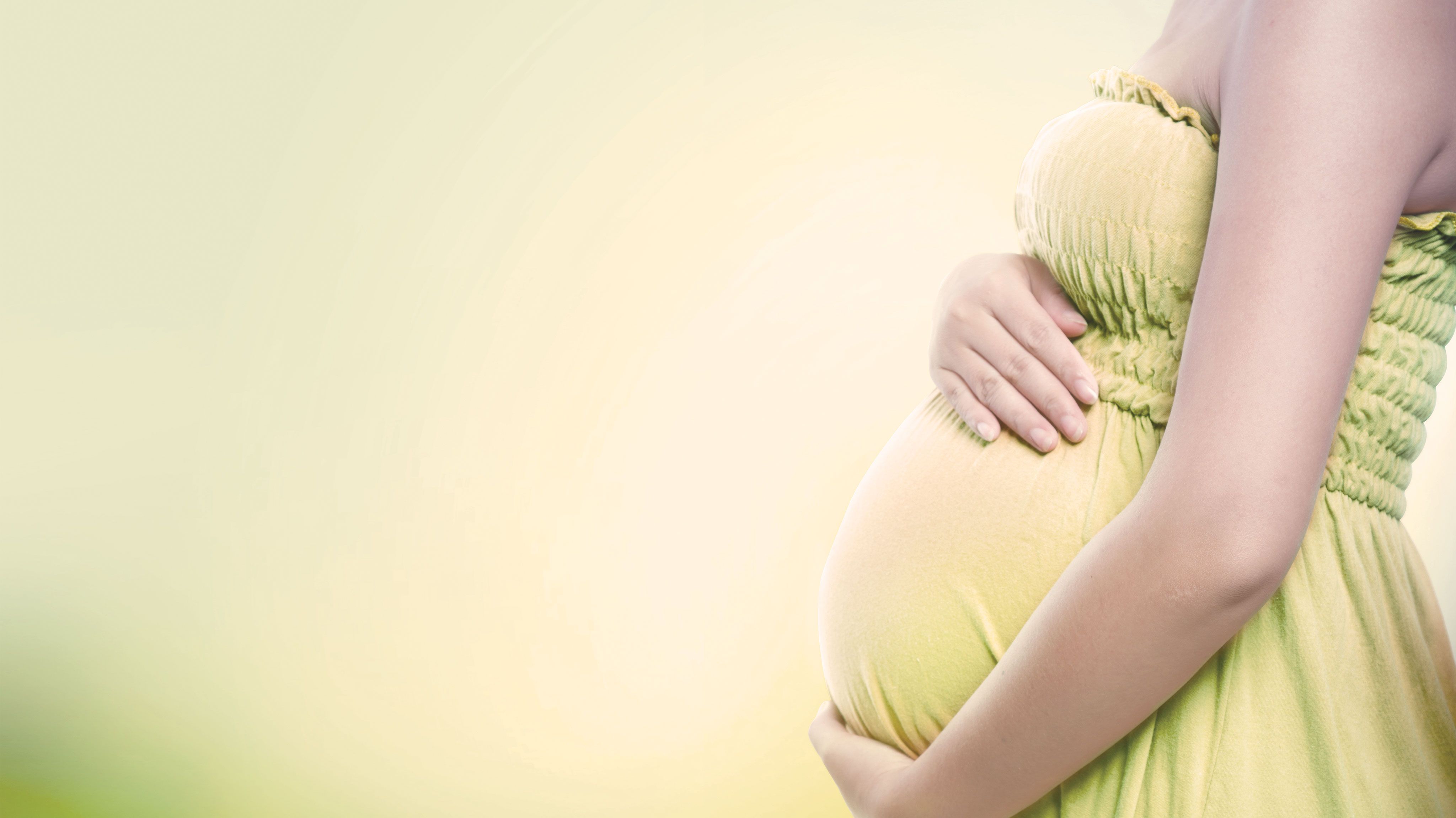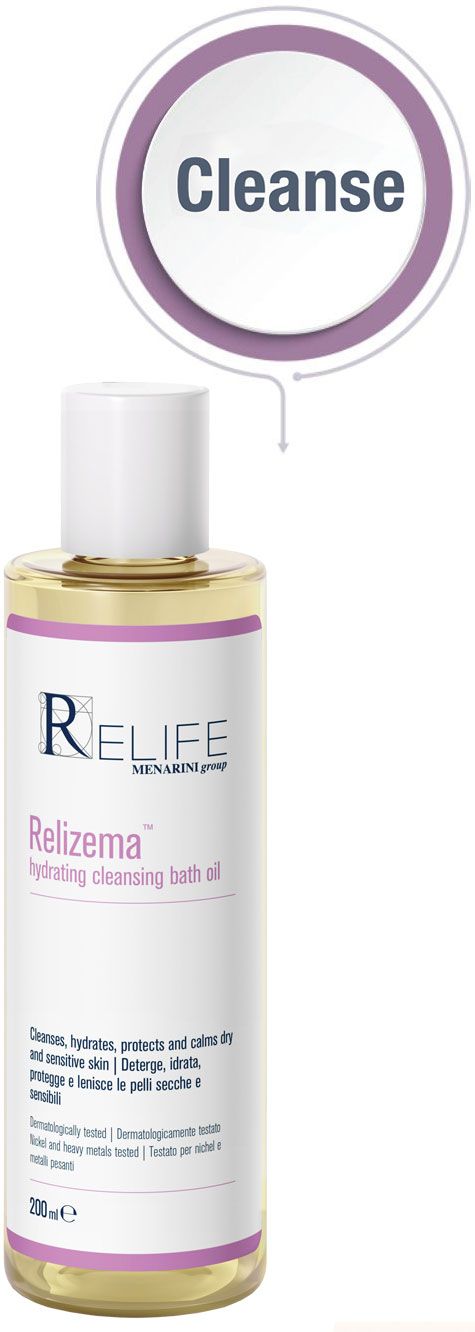Pregnancy and post-pregnancy skin
We ask Selene Daly, Dermatology Nurse, Sligo University Hospital, about how to keep your skin in the best shape during pregnancy and her advice on how to maintain healthy skin for you and your baby afterwards.
We ask Selene Daly, Dermatology Nurse, Sligo University Hospital, about how to keep your skin in the best shape during pregnancy and her advice on how to maintain healthy skin for you and your baby afterwards.
Pregnancy and post-pregnancy skin
We ask Selene Daly, Dermatology Nurse, Sligo University Hospital, about how to keep your skin in the best shape during pregnancy and her advice on how to maintain healthy skin for you and your baby afterwards.

Q As a nurse who specialises in skin health, what are the three most common skin questions you are asked about from pregnant women?
The number one query when it comes to skin during pregnancy, particularly on a first pregnancy, is stretch marks, stretch marks and more stretch marks!
STRETCH MARKS
People forget that stretch marks are actually genetic so, ask your mum, your granny or your auntie, if they had stretch marks when they were pregnant. Do you scar from even the most minimal of surgeries? Well you are most likely prone to scarring in general. Stretch marks tend to be red scar-like lines in colour and appear usually in the second trimester when the bump is more pronounced. The amount of weight you gain can also affect how prominent the skin stretches. Moisturising helps in preventing stretch marks and also if you suffer from leg cramps during pregnancy, it can help soothe the legs by massaging them with moisturiser. I recommend any moisturiser you are comfortable with but there is no guarantee you won’t still get stretch marks, so don’t invest in expensive or luxury creams, any moisturiser that hydrates the skin will suffice. Be aware that welts that appear on your thighs and tummy should fade post-pregnancy.

Relizema hydrating bath oil
Formulated without water, with 86.5% plant oils to help cleanse, hydrate and protect the skin.
THE GLOW
The amount of people who ask me why they don’t have ‘the glow’, that is supposed to come with pregnancy, is more common than you think. It is very common for women to have a very pale pallor during pregnancy – it doesn’t mean you are more or less pregnant than the woman, whose skin is clear and dewy next to you.
PSORIASIS
Interestingly, I get asked a lot about psoriasis during pregnancy. Your immune system is altered during pregnancy so a lot of women wouldn’t get the psoriasis flare-ups that you would normally experience. For some women, this wouldn’t happen though, it does depend. Unfortunately, as soon as you give birth, the signs and symptoms tend to come back, sometimes as soon as a week post-delivery.
Q Does each trimester have specific face and body skin issues that women should be aware of? Is there a natural, healthy reason for these changes?
To be honest with you, there is no real natural benefits for the skin changes that occur throughout the three trimesters. There is an old wives’ tale that says the baby steals your looks during pregnancy and only gives them back after birth!
FIRST TRIMESTER
From the get go, the first major change in our bodies is the change in hormones, so we can experience acute exhaustion and nausea. In the first trimester, you can also see changes in your skin colour, pigmentation on your cheeks and brown spots on your face and also the line on your stomach from your belly button to the top of your pubis called the linea nigra first appears. Again, this is a result of fluctuating hormones.
SECOND TRIMESTER
In the second trimester, as mentioned above, stretch marks tend to rear their head and as the bump gets bigger and the elasticity of the skin stretches, the marks become more pronounced. Varicose veins can also appear all over the legs and thighs, which are the result of broken capillaries in our blood system.
THIRD TRIMESTER
Itchiness and skin dryness is very common in the third trimester, which sometimes presents as a rash on your bump or body and can remain until after birth. I would always advise my patients to speak to their GP or midwife if this does occur as it can be a result of other conditions too.
Q Post-pregnancy, does skin usually return to its natural appearance, how long does this tend to take?
Once the baby is delivered and our body gets back to its natural state, our skin usually returns to its natural appearance within six weeks but this depends on our diet, if you are breastfeeding and if you are exercising. I encourage women to start getting into a habit of using soap-free shower gels and moisturiser while pregnant so that when the babies are born, mum and baby can use the same products when washing and moisturising.
Be aware that you will be having sleepless nights, you can have cracked skin if breastfeeding and some women can experience hair loss for up to 12 weeks post-delivery, so please do not put pressure on yourself to snap back to a normal routine.
I don’t advise women to buy expensive skin supplements after birth, but rather try and stay hydrated, eat a healthy, balanced diet and grab as much sleep as possible.
Q With newborn babies, what skincare routine do you recommend?
You don’t have to wash your baby every night, you can wash every second or third night. You can top and tail, which means cleaning the face and the tail end of the baby. Don’t use wipes, use the old-fashioned cotton roll or cotton pads, which you can buy in-pharmacy, and dilute your soap-substitute in water and wash the baby. Use a barrier cream, one that has no parabens. Use a moisturising cream that you can use right up to the scalp area of the baby so you are tackling cradle cap head on.
My two ‘no-nos’ are talc and perfumed baby products. Talc is banned in a lot of countries because of a number of issues including lung disease so make sure not to use it on your baby. Don’t use fragranced products as these can irritate babies’ skin.
I also recommend sunscreen for the baby between March 1 and September 30 every single year, and they should wear a hat and have shades on their stroller.
Q Are you finding that eczema and dermatitis is becoming more common in newborn babies?
Yes, eczema is increasing in incidence in Ireland and I can see this with my own patients and their babies. If there is a family history of eczema, it is important to use the soap-free products on babies' skin. For mothers who had eczema before getting pregnant, it is common to get a flare-up soon after giving birth. This can be due to stress and lack of sleep and not getting enough nutrition. It is important to continue a daily skin routine in order to manage the eczema flare-ups. I am adamant that every new mum should have at least half an hour to an hour a day to themselves to do what they want to do – whether it is getting your hair done; getting a nice coffee; meeting a friend for lunch; and/or attending to your skincare.
Q How important is healthy skin for a new mum’s overall physical and mental well-being?
Feeling good about how you look naturally makes you feel better about your overall physical and mental well-being. New mums are in a vulnerable position and can be particularly sensitive to other people’s opinions and comments regarding their appearance or their babies’ skin. Lots of babies can have blotches on their skin or flaky scalps and you can feel like a ‘bad’ mother if someone comments on it. If mums can get into a habitual skincare routine, it is easier to manage once-off breakouts or flare-ups when they happen. And, again, don’t forget to allow yourself that precious ‘me-time’ every day.

Relizema hydrating bath oil
Formulated without water, with 86.5% plant oils to help cleanse, hydrate and protect the skin.